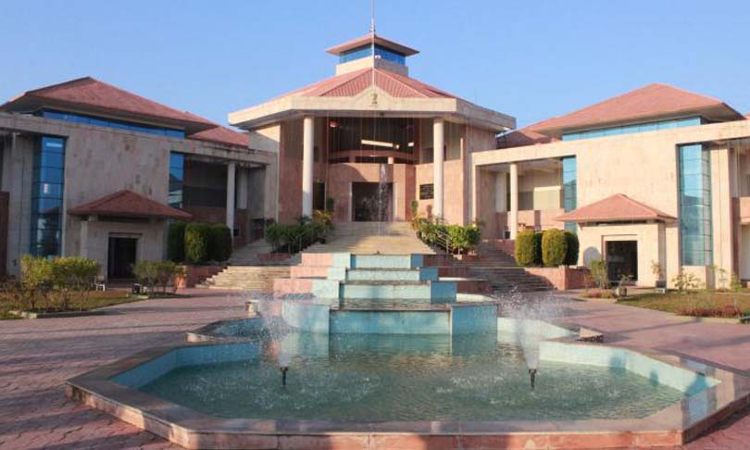Courts Should Examine Conducts Of Parties "All Through" While Deciding Condonation/ Restoration Applications: Manipur High Court
Jyoti Prakash Dutta
24 Feb 2022 1:38 PM IST

Courts must ascertain if 'failure to appear’ was a chronic phenomenon or a stray instance.
Next Story


